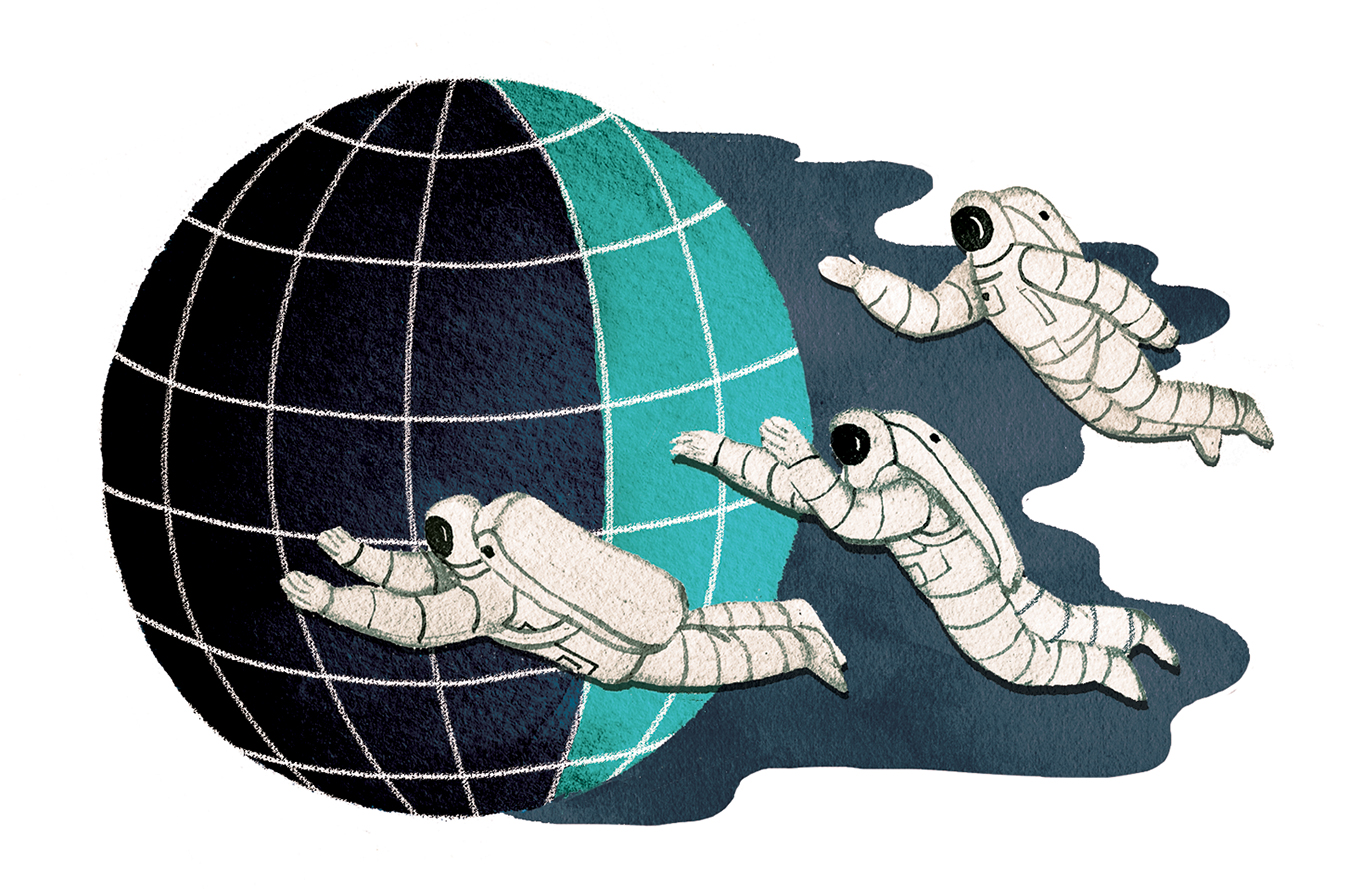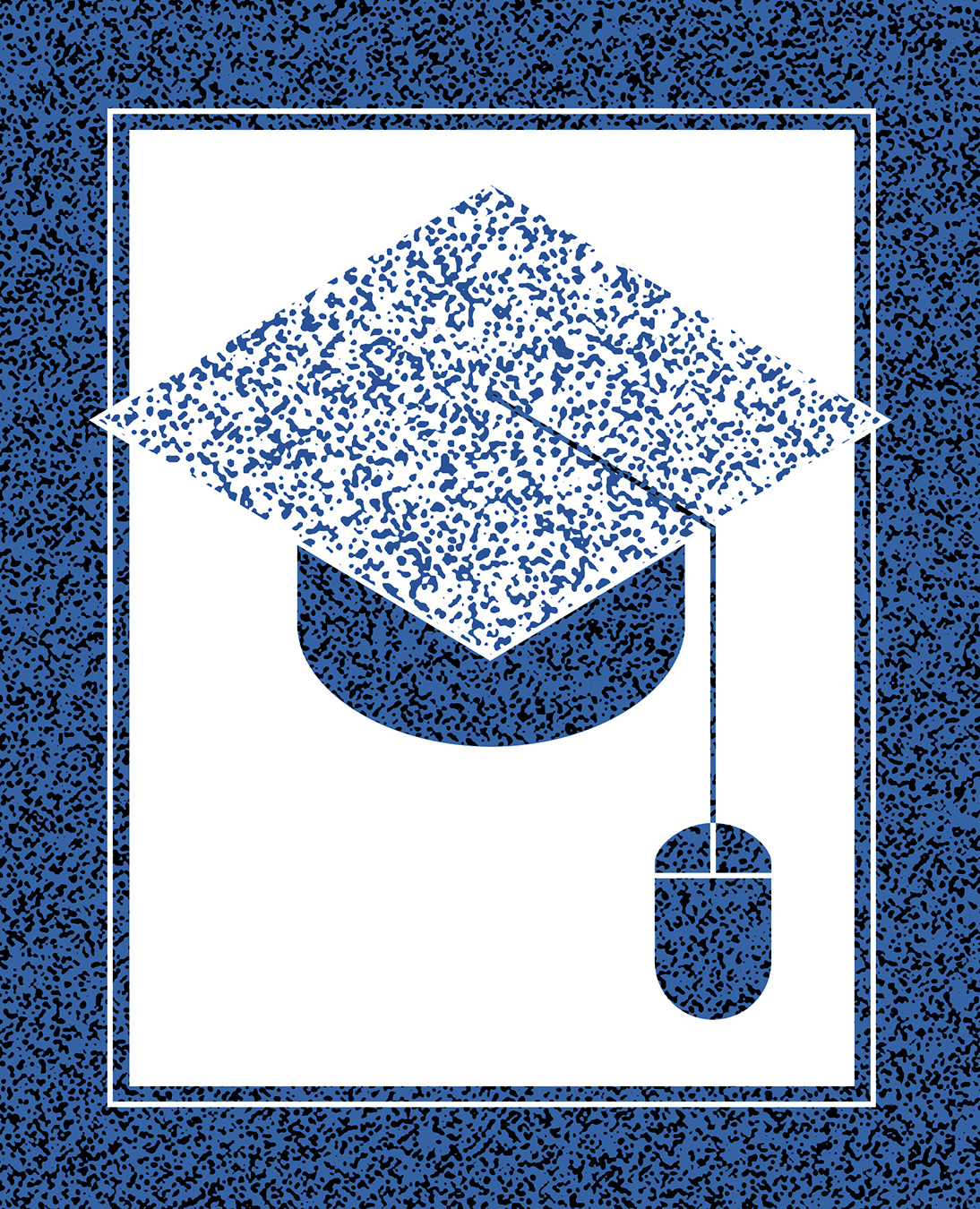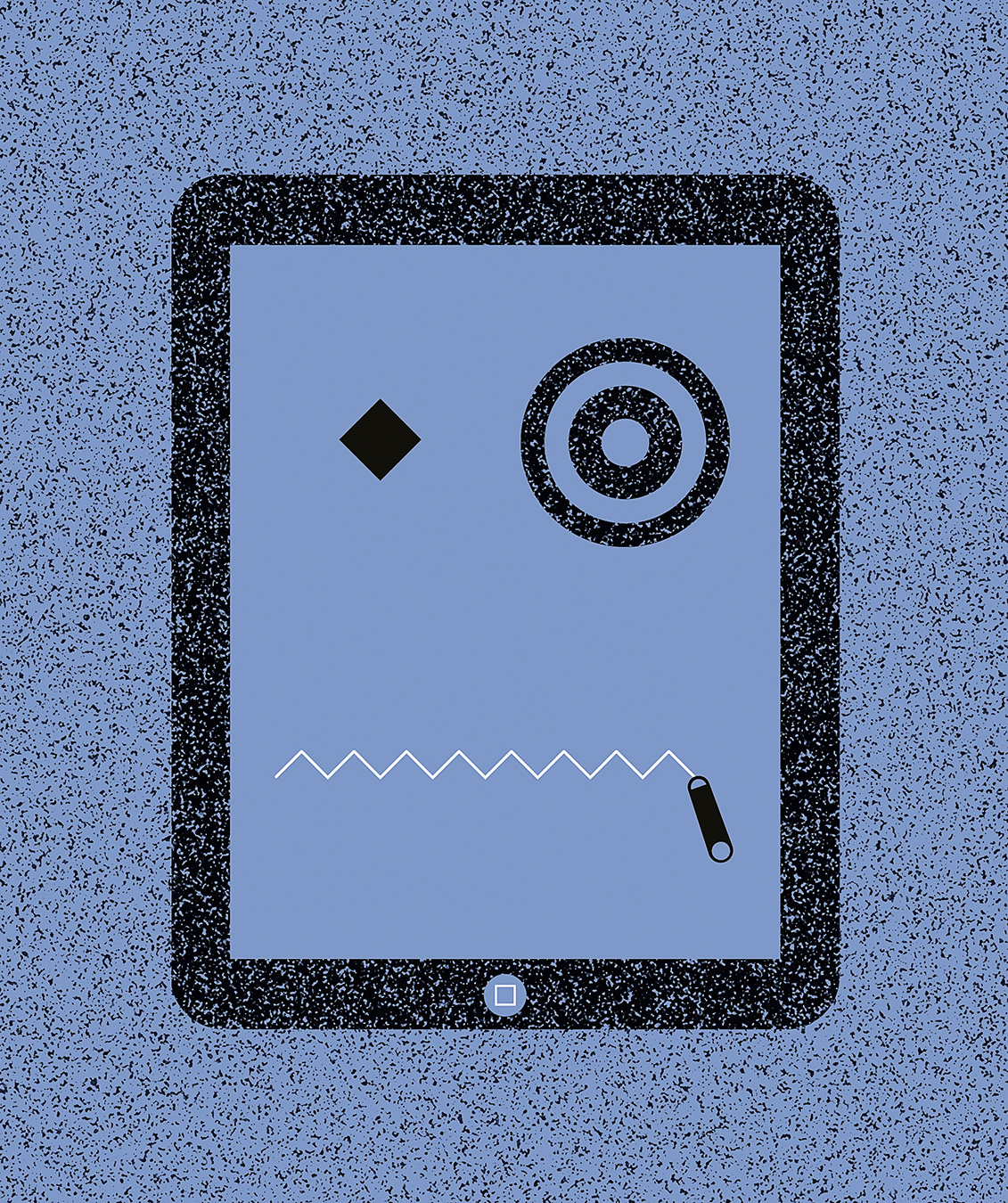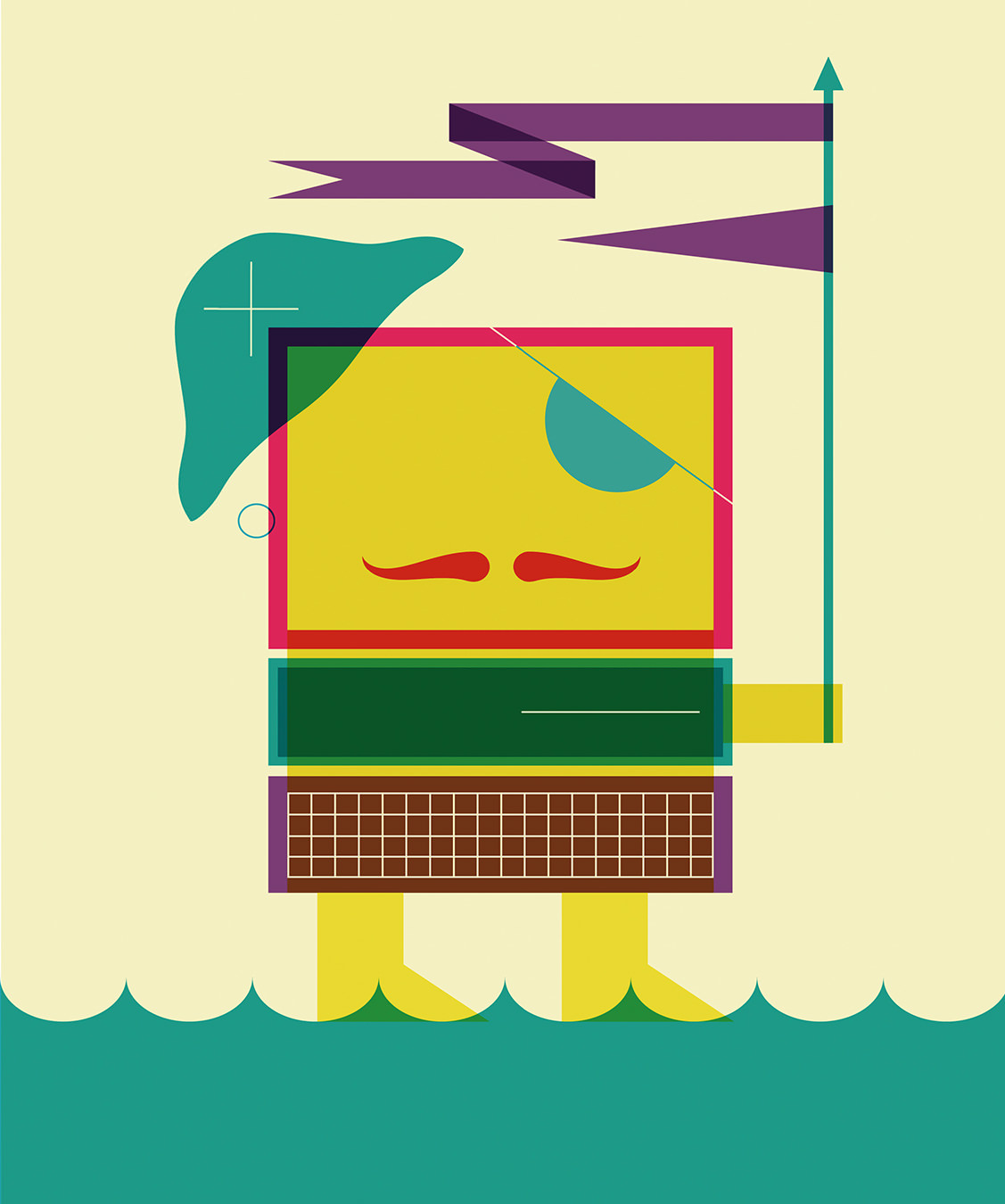The Darknet Side
The Internet's shady sites.

Ross William Ulbricht is in jail. And if the FBI has its way, he’ll be there for quite some time. The charges: drug trafficking, money laundering, computer hacking, and ordering a hit on a resident of White Rock, B.C., who had piqued his ire. Quite a rap sheet for a 29-year-old grad school dropout with an interest in solar cells.
Ulbricht, who was based in San Francisco, is alleged to be the founder and owner of the e-commerce site Silk Road, a sort of Grand Bazaar for illegal enterprise—the buying and selling of drugs primarily, but also firearms, sex, child porn, fake passports, stolen credit cards, and occasionally murder-for-hire (at last count, of six individuals). Silk Road had an estimated one million users and had rung up over $1.2-billion in sales at the time the FBI pulled the plug. Ulbricht’s cut: over $80-million in commissions and fees.
Silk Road is perhaps the best-known example of the ever-expanding darknet: the restricted-access computer network (or, more accurately, series of networks) that lies outside the boundaries of the public Web. If you’re a casual surfer—you scan the headlines, log in to Facebook, download a movie or two, and, in weaker moments, visit a gossip blog and enjoy a laugh at Kim and Kanye’s expense—you’ve probably never been there. That’s because the darknet is by design unreachable by run-of-the-mill browsers.
Of course, that makes it difficult to say how many people are using it, or how large it is. But make no mistake: it’s big. In fact, recent data suggest there are around three million connections to darknet sites made every day. An oft-cited white paper dating back to 2001 estimates that the darknet is 400 to 550 times larger than the public Web. We can only assume things have grown exponentially since then.
If you’d like to visit, you’ll need special software—specifically, a Tor web browser that encrypts personal data and conceals your online identity (and activities) from prying eyes. Just be careful when you start exploring; the rudimentary interface and indexing lead many to destinations they’d rather not visit, to activities they’d rather not be involved in, to images and ideas they’d rather not contemplate.
That’s not to say all activity on the darknet is shady. Its anonymity makes it a perfect tool for those plotting against police states like Syria and China. The darknet has also proven to be ideal for whistle-blowers, with sites such as GlobaLeaks, WikiLeaks, and others all operating within the Tor network. Even The New Yorker has created a Tor-enabled service to protect would-be tipsters.
Given its Janus-like quality, the darknet raises an interesting moral quandary. For the very anonymity that makes the darknet so appealing to dissidents and prisoners of conscience is that which attracts pushers and pedophiles, arms dealers and assassins. So: should we revel in the darknet’s existence, or run from it? Beyond the clichéd calls for freedom at any price from the anarcho-hackers, is it not reasonable that we accept some limit on our online liberty, the better to foil those who would bring evil upon us?
Then again, are such limits even possible? Five weeks after the G-men shut down the original Silk Road, Silk Road 2.0 opened for business. Other copycat sites have followed. And the quandary continues.




